We have pretty good information about the motor shield:
- The H-bridge is TB6612.
- The microcontroller is STM32F030.
- We have a schematic: https://www.wemos.cc/sites/default/files/2016-09/mini_motor.pdf
- We have the Arduino library for talking to it: https://github.com/wemos/WEMOS_Motor_Shield_Arduino_Library
- And, last but not least, we finally have the source code of the original firmware: https://github.com/wemos/Motor_Shield_Firmware
The shield has a serial interface for programming broken out, and that chip is supposed to have a bootloader built-in, so hopefully we will be able to just use stm32flash and an USB2TTL adapter to program it.
There is a nice dev environment template for this family of microcontrollers: https://github.com/szczys/stm32f0-discovery-basic-template
 deʃhipu
deʃhipu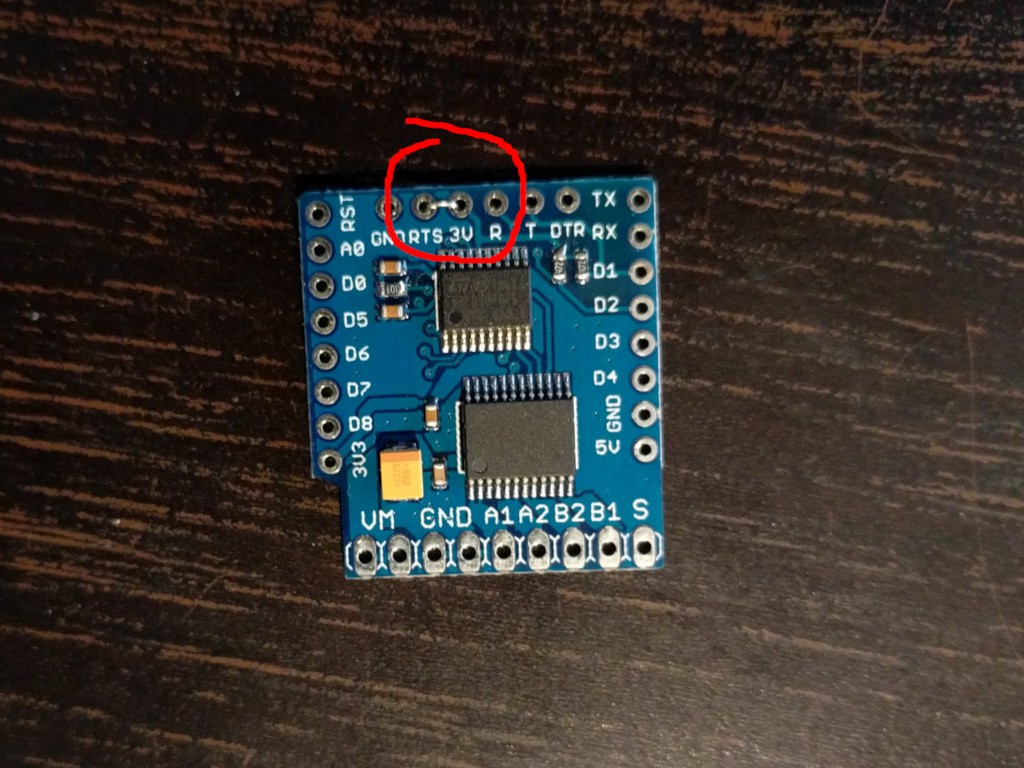
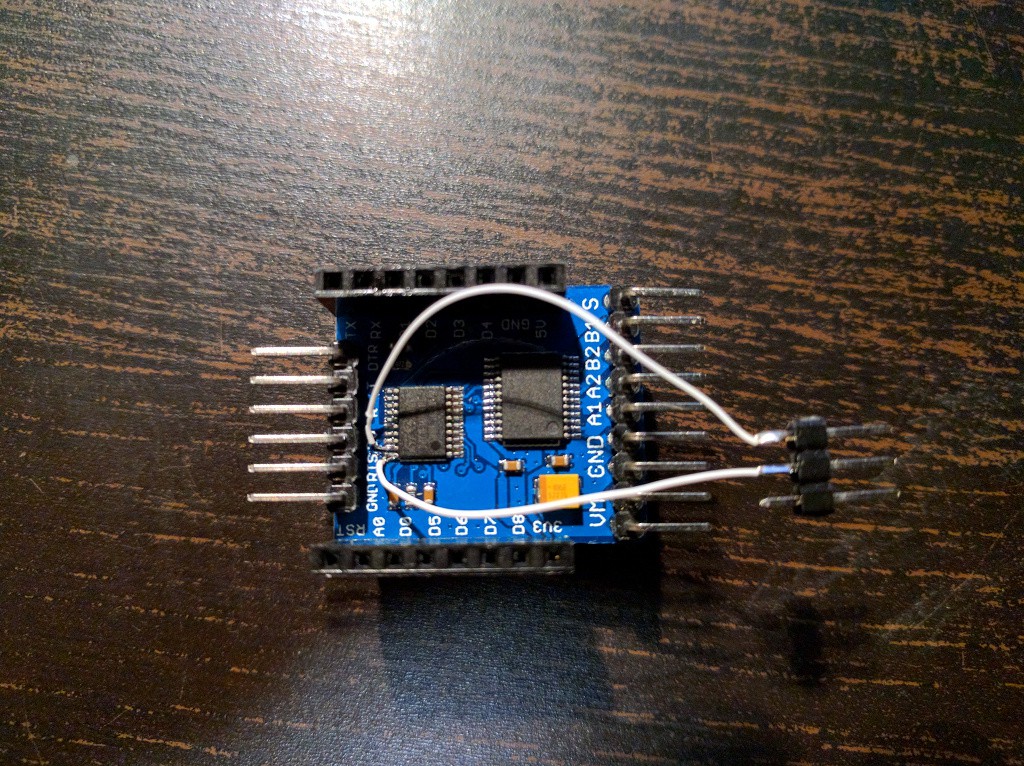 Be careful to not short them with the legs next to them. This is probably the hardest part.
Be careful to not short them with the legs next to them. This is probably the hardest part.
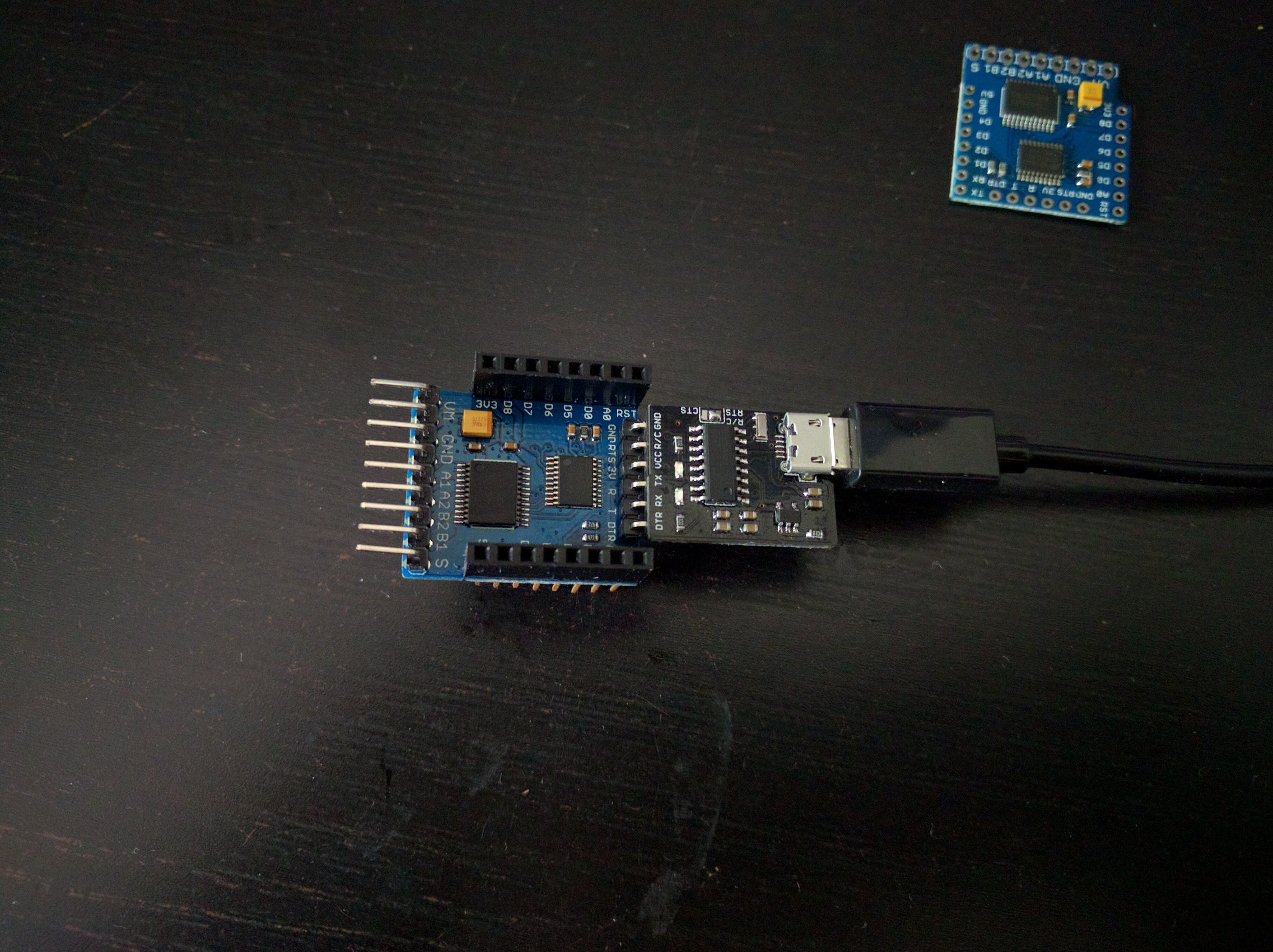






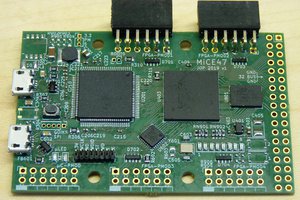
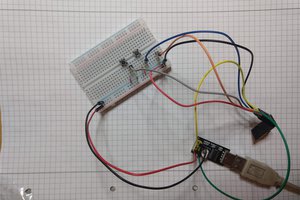
 schlion
schlion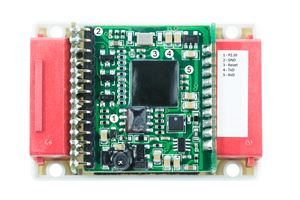
 seasonalvegetables3
seasonalvegetables3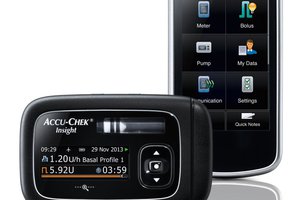
The schematic link above is broken, and the wemos wiki for this board links to the relay shield!.
Here is one I found. Original PDF anybody?